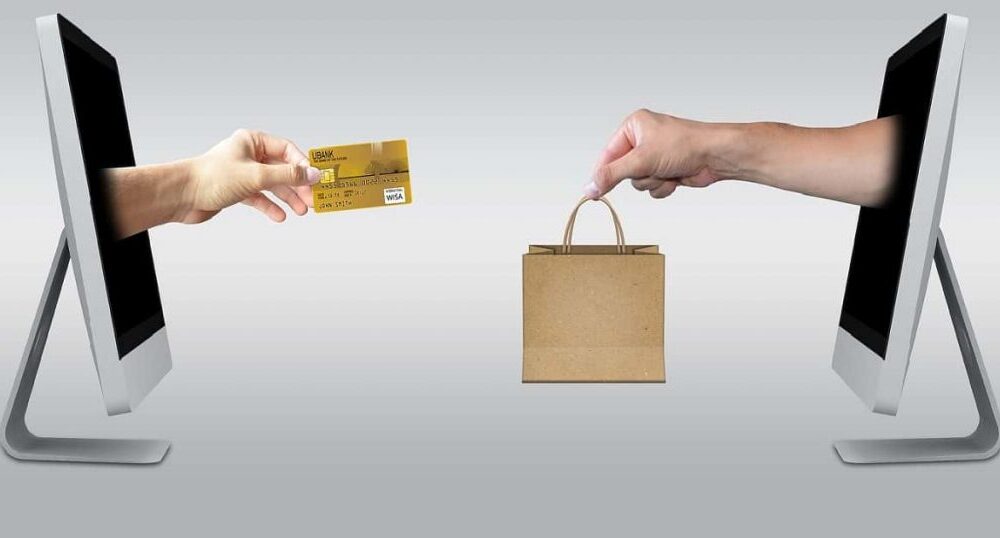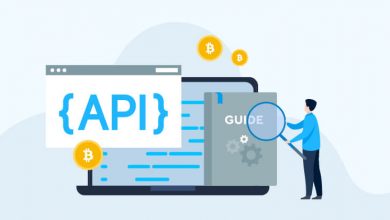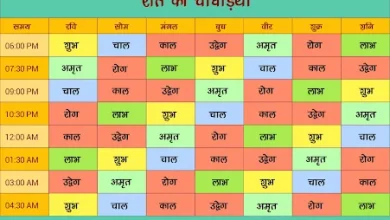Understanding the £1,000 Trading Income Allowance in the U

The trading allowance is a tax-free limit that lets you earn up to £1,000 a year from self-employment or casual income without needing to tell HMRC or file a tax return.
What is the £1,000 Trading Income Allowance?
If you earn a bit on the side like selling online, freelancing, or doing casual work, the trading income allowance lets you make up to £1,000 a year without paying tax or telling HMRC. It’s a simple rule that keeps things easy for small side incomes.
As long as your total self-employed income stays under that limit in a tax year, there’s nothing else you need to do. If you go over, you’ll need to register for Self-Assessment and decide whether to claim the £1,000 allowance or deduct your actual expenses, whichever saves you more tax.
This allowance is separate from your Personal Allowance of £12,570 and only applies to self-employment or casual trading, not wages, pensions, or savings.
The Personal Allowance is the amount of income you can earn each tax year tax-free. For most people in the UK, this amount is £12,570 (for the 2025/26 tax year). Any income above this limit may be subject to Income Tax.
Who Can Benefit from the Trading Income Allowance??
If you’re making a bit of extra money on the side, maybe selling handmade stuff on Etsy, doing some freelance work, or picking up gigs here and there, the trading allowance might be just what you need. It covers up to £1,000 of self-employed or casual income, tax-free. You don’t need to run a full-on business to use it.
Whether you’ve got a full-time job, you’re retired, or studying, as long as your side income stays under that £1,000 mark, you’re good. Please note that it only covers your trading income, not your wages or pension.
Who Can’t Use the Allowance?
You can’t use the trading allowance if you run a business in a partnership, earn income through a limited company you control, or if you’re already claiming actual expenses on the same income. It also doesn’t apply if you’re using the £1,000 property allowance for rental income; you can’t claim both for the same type of income.
This allowance is designed for individuals with small, straightforward trading income, not for those with more structured business arrangements.
What Counts as Trading Income?
Trading income includes money you earn from selling goods or offering services on your own, outside of regular employment. This includes selling items on eBay, Etsy, or Vinted, as well as freelance work such as tutoring, design, or photography, and earning money through gig platforms like Uber, TaskRabbit, or Fiverr. It also includes one-off or miscellaneous income from casual work, for example, helping someone move house or doing some gardening for cash. If you’re not paid through PAYE and it’s not rental or investment income, it likely counts as trading income.
It’s the tax your employer takes from your wages and sends to HMRC.
Trading income isn’t PAYE; you report and pay it yourself.
What If You Earn Over £1,000?
So, your side income went over £1,000? That’s when HMRC wants to know about it. You’ll need to register for Self Assessment; it’s just their way of keeping tabs.
Once that’s sorted, you’ve got two options: either knock £1,000 off your income using the trading allowance, or claim your actual expenses if they’re higher. Whatever works out better for you.
Even if there’s no tax to pay, the return still has to be filed. Just don’t miss the 5 October deadline after the tax year ends.
How to Register and Claim
If you earn over £1,000 from self-employment, side gigs, or freelance work, you’ll need to register with HMRC and file a tax return even if your profits are small.
Step 1: Register as self-employed
You must register by 5 October after the end of the tax year you went over the £1,000 threshold. You can do this online at GOV.UK. Once you’re registered, HMRC will send you a Unique Taxpayer Reference (UTR). If you don’t know how to register get in touch with RMA Accountants, we will help you through out the process.
Step 2: File your Self Assessment tax return
You’ll complete a Self Assessment online by 31 January. When filling it out, you’ll need to report your self-employed income using the SA103 section.
Here, you can either:
- Claim the £1,000 trading allowance
- Or deduct actual business expenses, but not both
Choose whichever option gives you the best tax result.
Don’t wait until the deadline; registering early gives you time to get your UTR, set up your account, and ask questions if needed.
Warning:
Miss the 5 October registration or the 31 January filing deadline, and you could get late fees or interest even if you owe no tax.
Quick Guide:
- Register with HMRC: By 5 October
- File your tax return: By 31 January
- Claim allowance or expenses: Choose one in the return
- Pay any tax due: Also by 31 January
Common Scenarios
Under £1,000 – No Action Needed
- If your total trading income for the year is £1,000 or less, you don’t need to register with HMRC or file a tax return.
- This applies to casual or one-off income from things like selling online, doing odd jobs, or freelance work.
- Keep records just in case HMRC asks.
Over £1,000 – Allowance vs Expenses
If you earn over £1,000, you must register for Self Assessment. You can either:
- Claim the £1,000 trading allowance
- Or deduct actual business expenses
You can’t do both.
Always choose the option (allowance or expenses) that leaves you with the lowest taxable profit, which means paying less tax.
Two Income Streams – Can You Use the Allowance Twice?
You can claim both the trading allowance and the property allowance — but only if they’re for different types of income (e.g., freelancing and renting out a driveway).
If you have two trading activities, like tutoring and reselling, they’re combined under one £1,000 allowance.
You can’t claim it twice for multiple businesses.
Record-Keeping Tips
Good record-keeping makes life easier at tax time and helps you stay on the right side of HMRC. Even if your income is under the £1,000 trading allowance, it’s still wise to keep clear, simple records. Here are some easy ways to stay organised:
- Track everything you earn, even if it’s below the threshold; HMRC may still request proof.
- Use a spreadsheet or app like Google Sheets, Pandle, or QuickFile to log income and expenses.
- Record key details: date, amount, who paid you, and what it was for.
- Save receipts and invoices if you plan to claim actual expenses instead of the allowance.
- Store digital copies by scanning paper receipts and backing up files securely.
- Keep records for at least 5 years after the 31 January deadline for each tax year; it’s a legal requirement.
Common Misconceptions About the Allowance
It’s easy to get tripped up by tax myths, especially when you’re earning casually. Here are some common misunderstandings to watch out for:
- “All side income is tax-free.”
Only the first £1,000 of gross trading income is tax-free. Earn more, and you may need to register and file a return even if your profit is small. - Trading vs property allowance
The trading allowance is for self-employment or casual work. The property allowance is for rental income. You can’t apply the same allowance to both. - Gross vs net income
The £1,000 limit is based on gross income (before expenses), not profit. If your total earnings go over, you must take action even if your net income is minimal.
How the Allowance Affects Tax & Benefits
The £1,000 trading allowance can help reduce your tax bill, but it doesn’t always reduce your income when it comes to things like benefits or loan repayments. Here’s how it plays out:
Student Loans
Even if your trading income is tax-free, it still counts toward your student loan repayment threshold.
HMRC shares your income with the Student Loans Company. So if your total income (including trading) is high enough, you might have to start repaying your loan.
Universal Credit
The DWP doesn’t recognise the trading allowance when calculating Universal Credit.
They look at your full earnings, not just your taxable profits. So even income under the £1,000 threshold still needs to be reported.
National Insurance (NICs)
If your profits go over £6,725 (2024/25), you may need to pay Class 2 NICs, even if your tax is reduced by the allowance.
You’ll pay NICs based on profits after either the allowance or your claimed expenses, whichever method you choose.
Combining with Other Allowances
You can use the trading allowance alongside your personal allowance (£12,570 for 2024/25).
You can also use the property allowance in the same tax year, but not on the same income. Each allowance must apply to a separate type of income: one for trading (side jobs), one for property (like rent or driveway letting).
FAQs:
Do I need to file a return if I earn £950?
No, not if your total trading income is under £1,000 — unless HMRC has asked you to file.
Can I claim both allowances?
Yes, but only on different income types (e.g., trading and property), not on the same activity.
Does this apply in Scotland or Northern Ireland?
Yes, the £1,000 trading allowance applies UK-wide.
Can I use the allowance with a full-time job?
Yes, as long as the side income is from self-employment or casual work — not your job.
What if I had a loss or high expenses?
You can skip the allowance and claim actual expenses instead — whichever gives you the better outcome.
Final Thoughts
The trading allowance is a smart way to keep small side incomes hassle-free. It cuts through the admin and lets you focus on earning without worrying about tax, as long as you stay under the £1,000 limit.
But tax isn’t always one-size-fits-all. If your income goes over the limit, or if you’re juggling things like student loans, Universal Credit, or multiple income streams, it’s worth getting expert advice from professional accountants in UK. A little guidance can help you make the most of the rules and avoid mistakes later.
For more details, always check the official source:
🔗 Official source: Tax-free allowances on property and trading income – GOV.UK

Source: Understanding the £1,000 Trading Income Allowance in the U



